Marvel Fan-Favorite Mutant Wasn’t Even Supposed To Be One
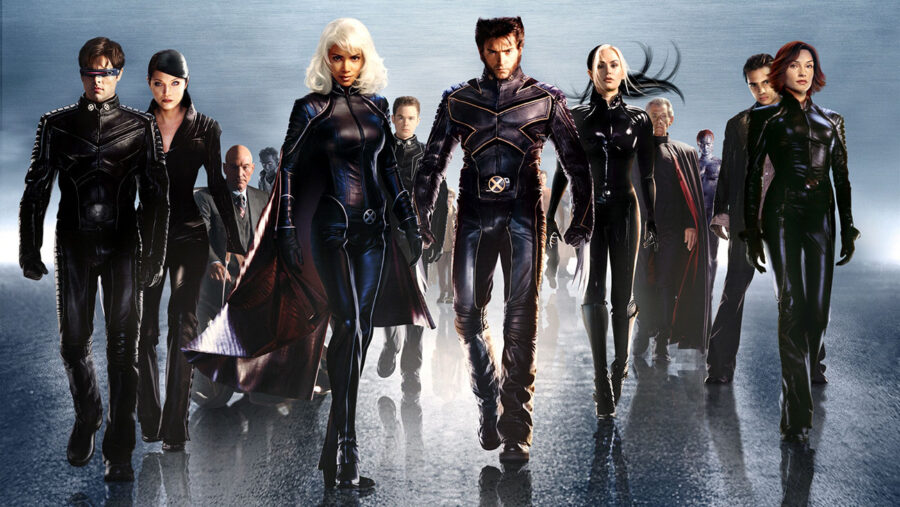
This year marks the 50th anniversary of Marvel’s most famous mutant, Wolverine. Since his 1974 debut in the pages of Incredible Hulk, Logan has developed a rabid fanbase, several of whom are already foaming at the mouth over the character’s live-action return in Deadpool 3. But what some of those fans might not know is Ol’ Canucklehead wasn’t originally supposed to be a mutant, let alone part of the X-Men.
A Superhero Just For Canada
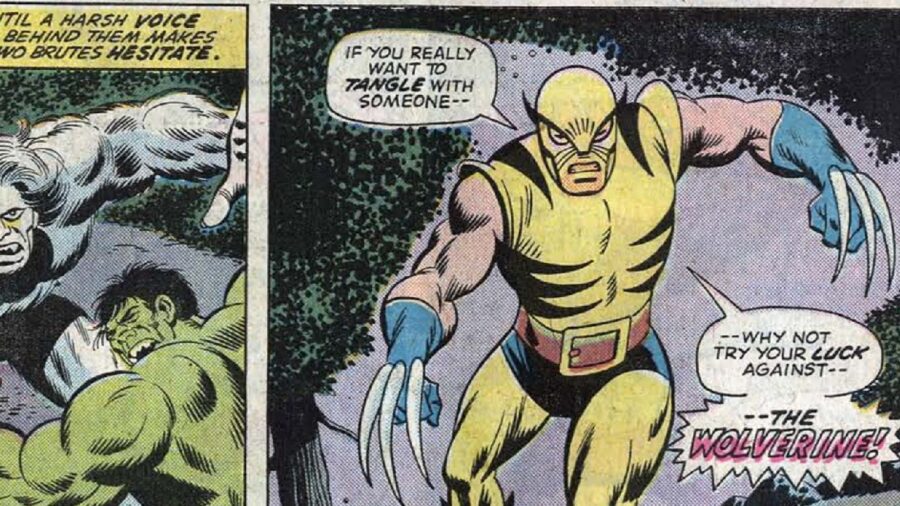
Unlike some characters in the Marvel universe, Wolverine was designed by committee. Roy Thomas, former Marvel editor-in-chief, had the idea in 1972 to start adding more international characters to the Marvel stable. To that end, Thomas got the bright idea that Marvel could sell more comics in Canada if they had a Canadian superhero. Enter The Wolverine.
Thomas had no intention of developing this new character as a mutant—let alone the most popular mutant of all time—and chose the name “Wolverine” because he liked animals and knew wolverines hailed from the great white north. Once the editor-in-chief had his concept, he delegated the fleshing out of the character to writer Len Wein and artist John Romita. Thomas’s only notes were to make him “short and bad-tempered” to fit his animal namesake.
The Claws
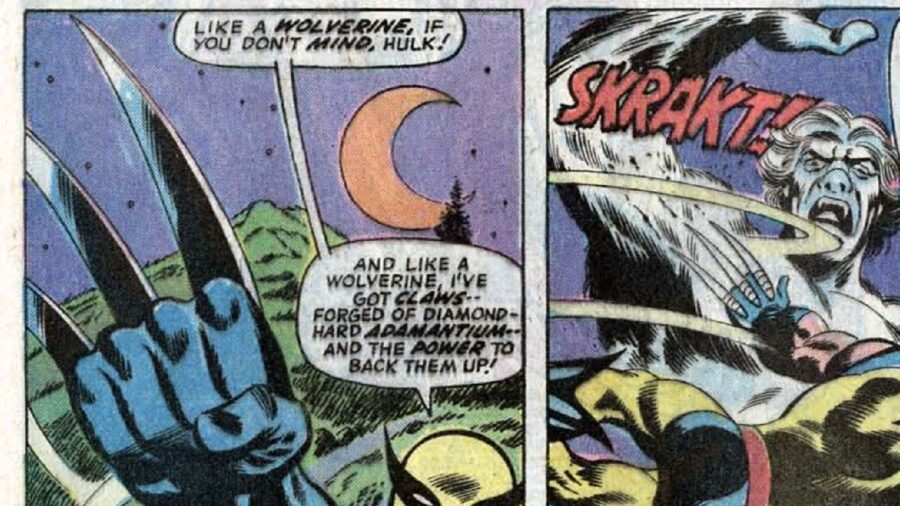
John Romita came up with the idea for Wolverine’s iconic claws while designing the character’s look. Initially, the claws weren’t intended to be part of the Marvel hero’s anatomy but rather a retractable function of Wolverine’s suit. They also weren’t necessarily supposed to be a part of his body, a detail that writer Len Wein would add later.
His Comic Book Debut
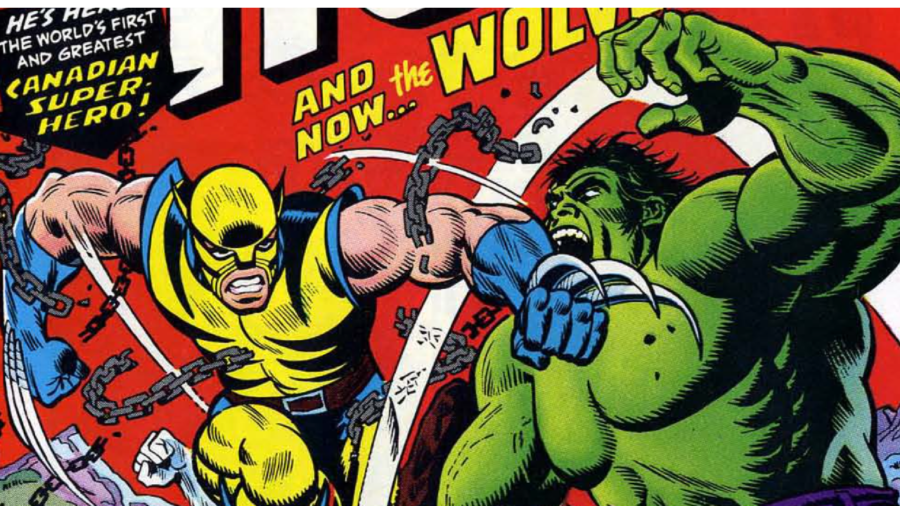
Wolverine debuted in Incredible Hulk #181 as a Canadian secret agent feisty enough to take on both the Jade Giant and the monstrous Wendigo despite the obvious size difference. Wein initially kept the character vague, revealing only his nationality and the fact that he was ambiguously superhuman. Over time, Marvel would slowly give Wolverine all of his fan-favorite characteristics, like his signature healing factor and nigh-unbreakable adamantium-laced bones.
Wolverine Joins The X-Men
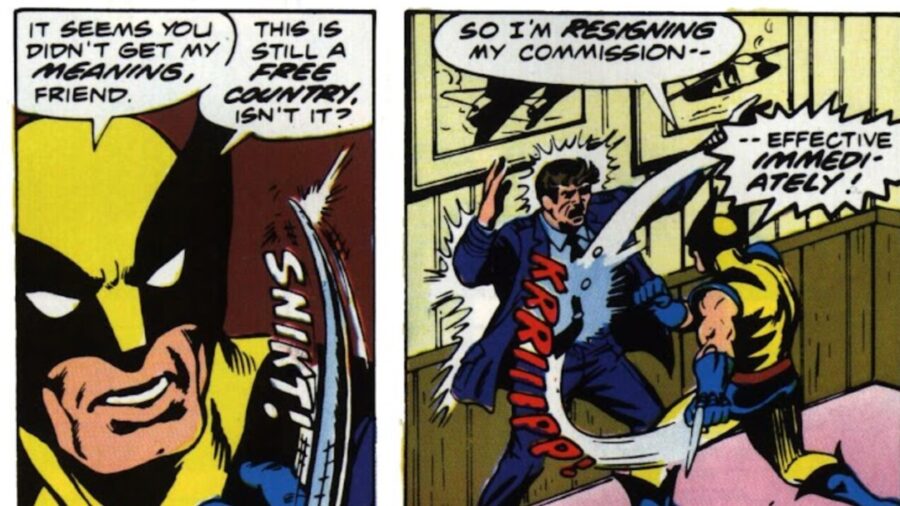
Despite spending his first appearance as an adversary for one of Marvel’s most popular heroes, Wolverine was always intended to be a good guy. The character would get to prove this in his next appearance, 1975’s Giant-Size X-Men #1. The seminal comic not only introduced an all-new international version of the X-Men, it officially canonized Wolverine as a mutant.
A Mistake Determines His Future
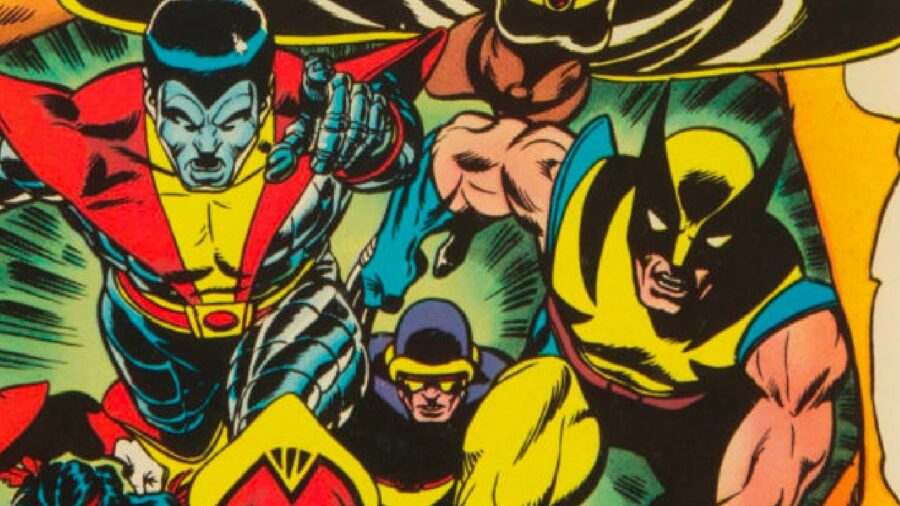
A mistake by Giant Size X-Men cover artist Gil Kane would further define Wolverine as we know him today. John Romita’s original yellow and blue Wolverine costume featured cat-like eyes that ended in small points and whiskers. Kane accidentally gave Wolverine’s mask the bigger, pointer side pieces that fans know and love.
Everyone at Marvel preferred Kane’s screw-up to Wolverine’s original design, so that’s the way it stayed.
An Older Logan
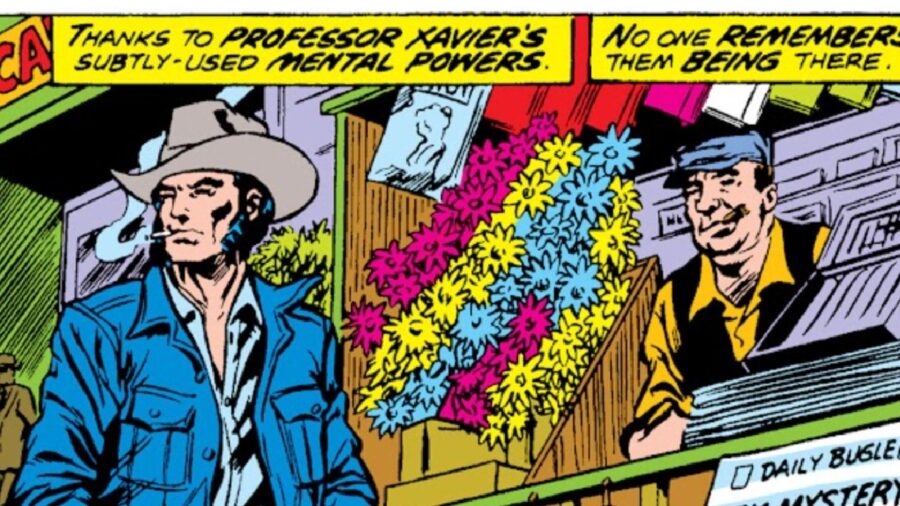
The artist for the rest of Giant-Size, Dave Cockrum, would be the first person to draw Wolverine without his mask, adding another layer to the character. As Len Wein originally envisioned the character, he was intended to be a young adult, close in age to Spider-Man. When Wein saw Cockrum’s depiction of a hairy, 40-year-old-looking man, that idea was scrapped in favor of making Wolverine more of a seasoned combat veteran of indiscriminate age.
Weapon X, Bone Claws, And More
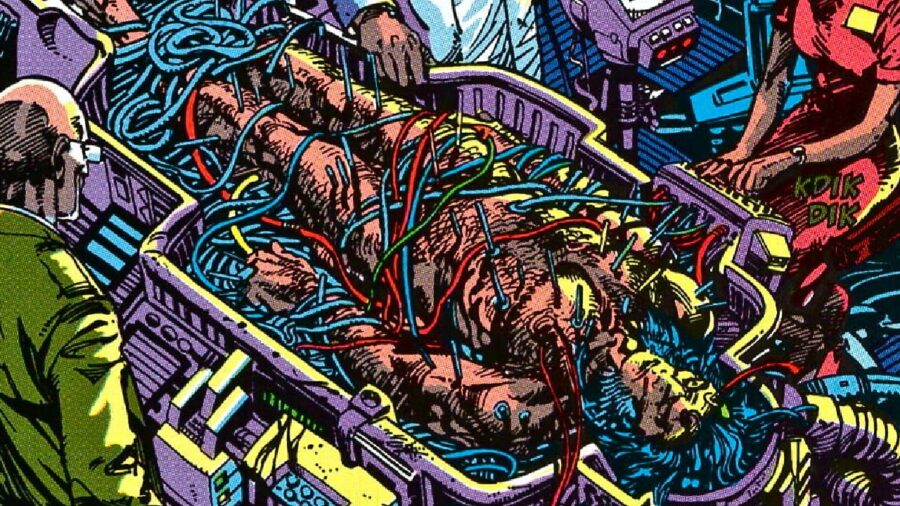
Over the course of the next five decades, Marvel would introduce character-defining elements to Wolverine’s story, like the Weapon-X program and his organic bone claws. The 2024 version of Wolverine is worlds apart from the cat-eyed, non-mutant assassin first introduced in Incredible Hulk, except for one key thing: he’s always been the best he is at what he does, and what he does has never been nice.












